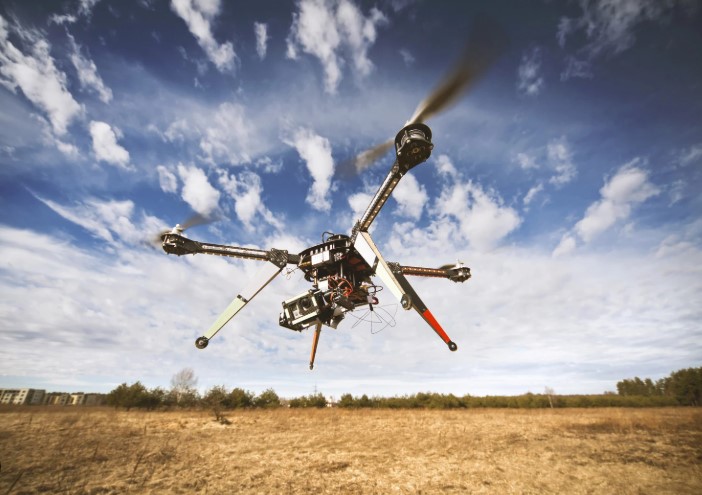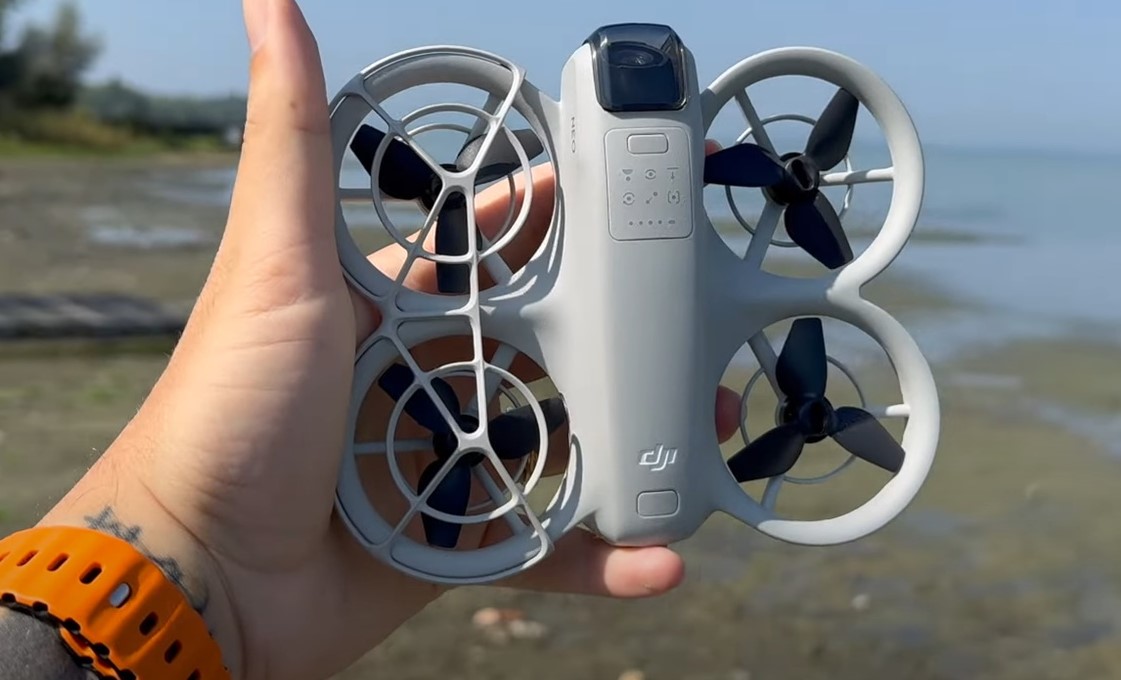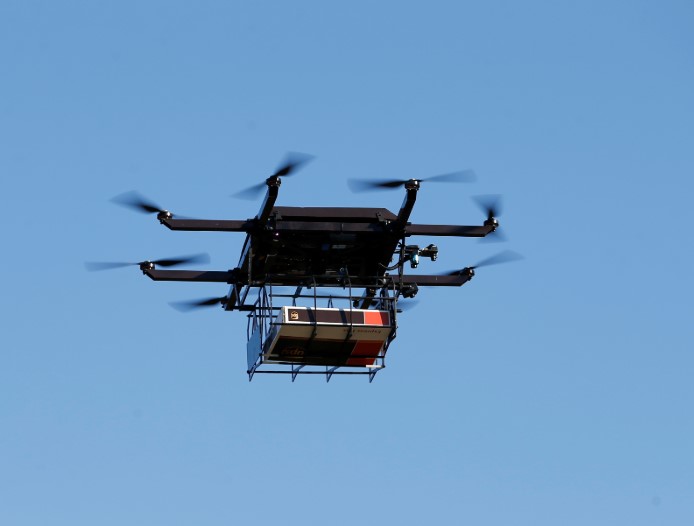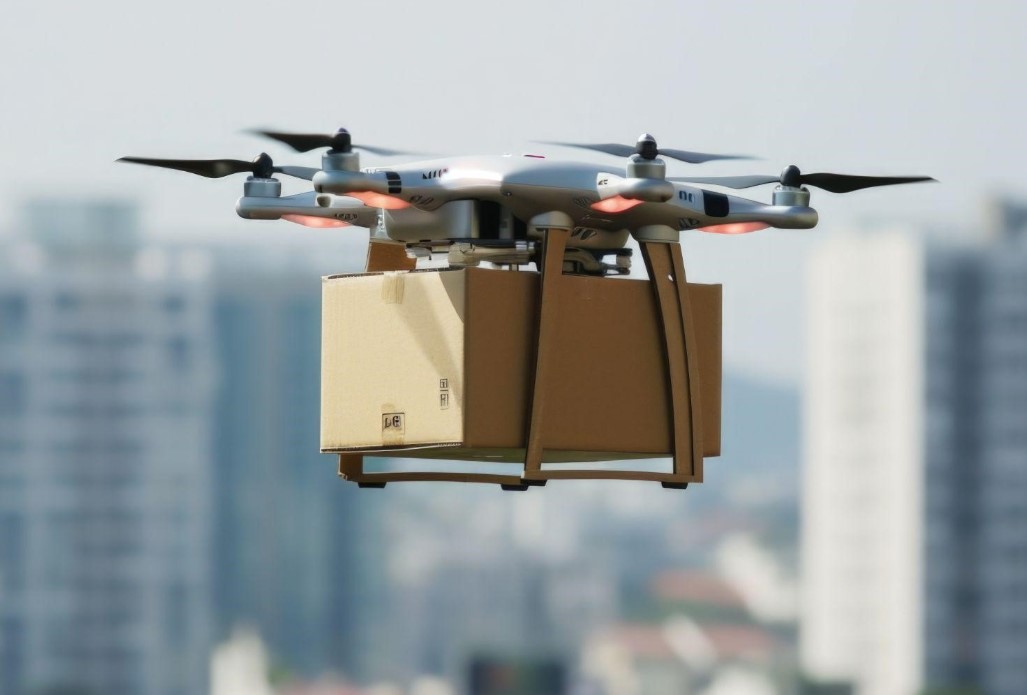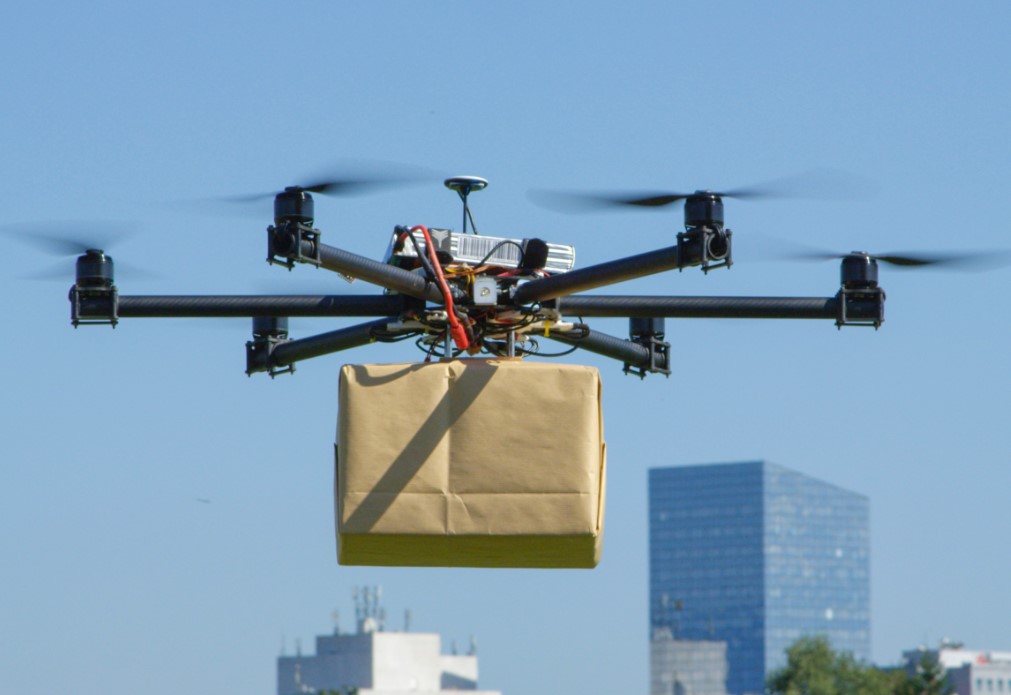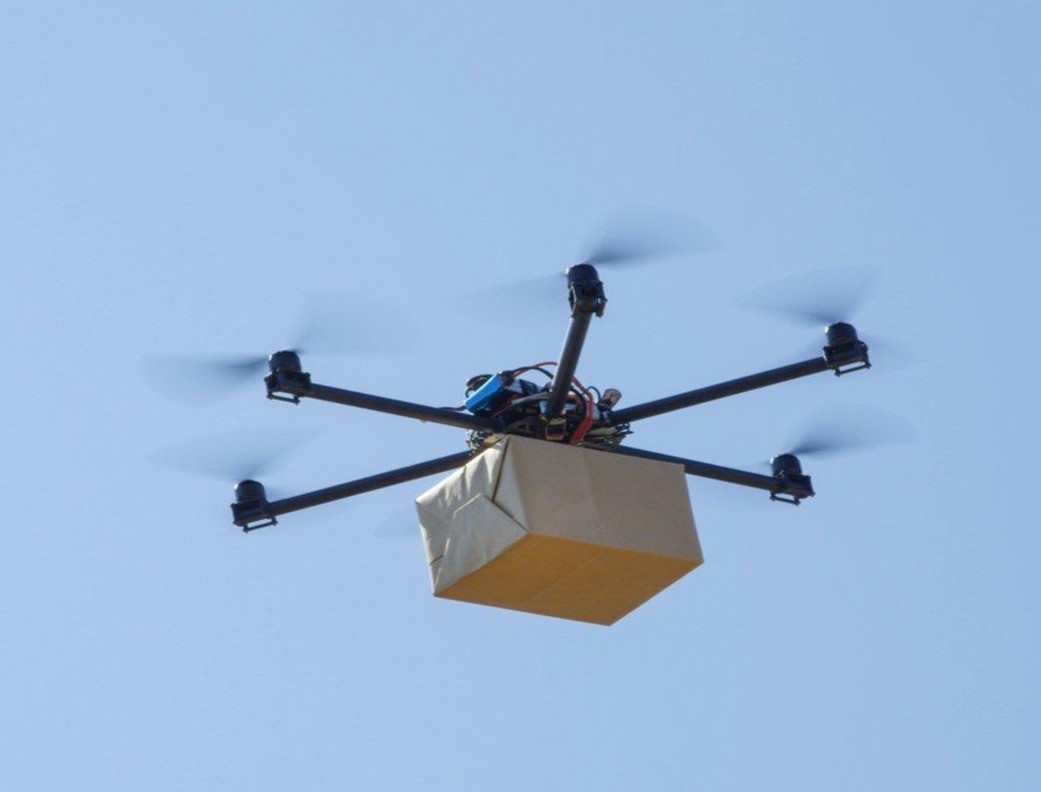In Canada, a country known for its vast geography and advanced technological adoption, the question arises: is drone delivery legal in Canada? This essay delves into the current legal landscape governing drone delivery in Canada, its potential benefits, challenges, and future prospects. Follow ftvbest.com !!!
Overview of Drone Regulations in Canada
In Canada, the operation of drones, also known as Remotely Piloted Aircraft Systems (RPAS), is regulated by Transport Canada. The primary legal framework governing drones is outlined in the Canadian Aviation Regulations (CARs). These regulations aim to ensure the safety and security of airspace, people, and property while accommodating the growing use of drones for recreational and commercial purposes.
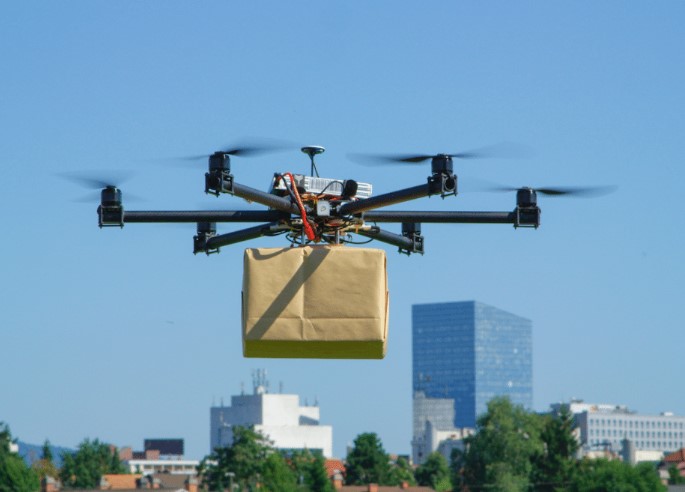
Basic Categories of Drone Operations
Transport Canada classifies drone operations into two main categories:
- Basic Operations: These apply to drones weighing between 250 grams and 25 kilograms and include operations conducted in unrestricted airspace, at least 30 meters away from bystanders, and without flying over people.
- Advanced Operations: These involve more complex scenarios, such as flying in controlled airspace, closer to bystanders, or over people. Advanced operations require specific permissions and certifications, including an advanced pilot certificate and an approved RPAS Safety Assurance declaration.
For drone delivery services, advanced operations are typically required due to the need to fly over people and urban areas. Consequently, companies must adhere to stringent regulations and obtain special authorization.
The Current Status of Drone Delivery in Canada
Drone delivery is legal in Canada, but it operates within a tightly regulated framework. Transport Canada has implemented guidelines and processes for companies seeking to conduct drone delivery operations. However, these operations require compliance with several conditions:
- Special Flight Operations Certificate (SFOC): For drone deliveries that fall outside the scope of basic and advanced operations, an SFOC is mandatory. This certificate evaluates the safety protocols, risk management measures, and operational plans of the applicant.
- Beyond Visual Line of Sight (BVLOS) Operations: Drone deliveries often require BVLOS capabilities, where the drone operates beyond the operator’s direct line of sight. This requires rigorous testing and approval, as BVLOS operations pose higher risks.
- Airworthiness Standards: Delivery drones must meet airworthiness standards to ensure they can safely transport payloads and operate reliably in various conditions.
Several pilot projects have demonstrated the feasibility of drone delivery in Canada. For instance, companies like Drone Delivery Canada (DDC) have partnered with businesses and government organizations to deploy drone delivery solutions in remote and underserved areas. In 2019, DDC launched a commercial delivery service to transport medical supplies to a First Nations community in Ontario, showcasing the potential for drones to overcome logistical challenges.
>>> Click Is Drone Delivery Legal in India?
Potential Benefits of Drone Delivery in Canada
The legalization and regulation of drone delivery offer numerous advantages:
- Improved Accessibility: Canada’s vast geography includes many remote and rural communities with limited access to essential goods. Drones can bridge this gap, delivering medical supplies, groceries, and other necessities efficiently.
- Faster Delivery Times: Drones can bypass traffic congestion and take direct routes, significantly reducing delivery times for urban and suburban areas.
- Environmental Benefits: Drones, especially electric models, produce fewer emissions compared to traditional delivery vehicles, contributing to Canada’s commitment to reducing carbon footprints.
- Cost Efficiency: While the initial investment in drone technology and regulatory compliance is high, long-term operational costs for drone delivery can be lower than traditional logistics methods.
- Emergency Response: In emergencies, drones can deliver critical supplies such as blood, vaccines, and medical equipment, potentially saving lives in time-sensitive situations.
Drone challenges in Canada
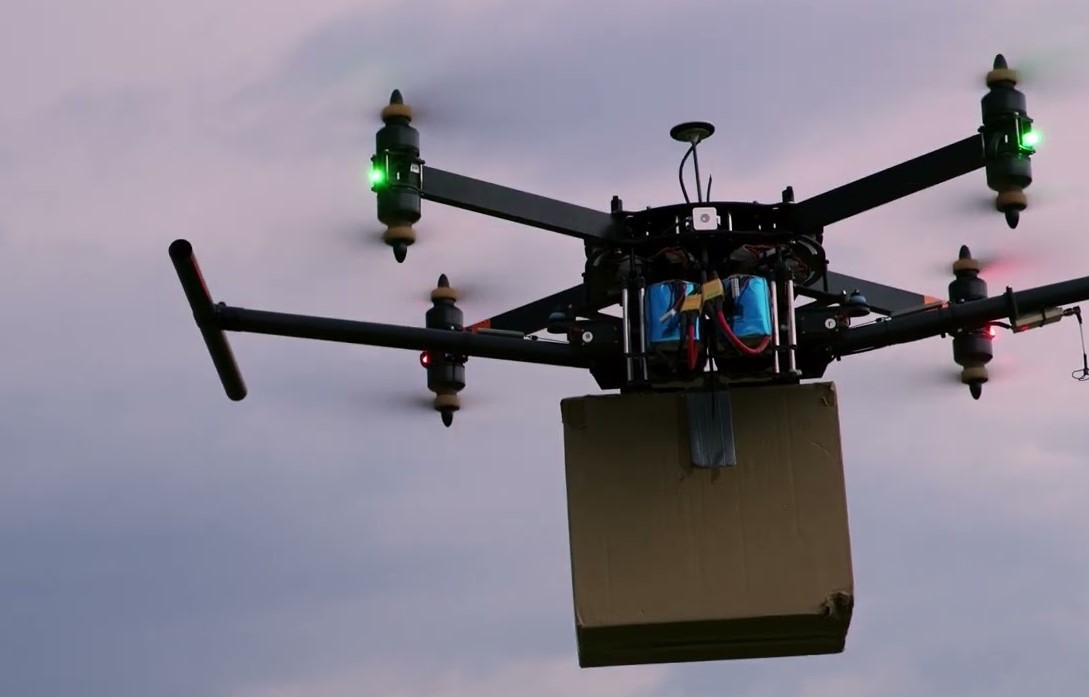
Despite its potential, drone delivery in Canada faces several challenges:
- Regulatory Complexity
Navigating Canada’s strict aviation regulations can be daunting for companies. Obtaining BVLOS approvals and SFOCs involves significant time, effort, and resources, potentially delaying deployment.
- Safety and Security Risks
Drones operating in populated areas pose risks of accidents, property damage, or injury. Moreover, concerns about cybersecurity and the potential misuse of drones for malicious purposes add to the complexity of ensuring safe operations.
- Public Acceptance
Privacy concerns related to drones equipped with cameras and sensors may hinder public acceptance. Noise pollution and potential disruptions caused by drone operations also contribute to hesitations among communities.
- Infrastructure Requirements
Drone delivery requires investment in infrastructure, such as drone charging stations, hubs, and landing pads. This is particularly challenging in dense urban areas or remote regions lacking technological infrastructure.
Examples of Drone Delivery Initiatives in Canada
Several initiatives highlight Canada’s progress in integrating drone delivery:
- Drone Delivery Canada (DDC): DDC has been at the forefront of drone delivery innovation. Its Care by Air project focuses on transporting medical supplies to remote communities, while other projects aim to enhance logistics for e-commerce and industrial clients.
- InDro Robotics: This company has conducted trials for delivering time-sensitive medical supplies, including COVID-19 test kits, in British Columbia.
- Amazon and Other Global Players: While Amazon has expressed interest in expanding drone delivery in Canada, stringent regulations have limited their large-scale deployment so far. Local partnerships and pilot programs may pave the way for future expansion.
>>> Read: Is Drone Delivery Legal In Australia?
The Future of Drone Delivery in Canada
The future of drone delivery in Canada is promising but hinges on overcoming regulatory, technological, and societal challenges. Recent advancements suggest a gradual shift toward broader adoption:
- Regulatory Innovations: Transport Canada continues to update and refine regulations to balance safety with innovation. Simplified processes for obtaining BVLOS approvals and SFOCs could encourage more companies to invest in drone delivery.
- Technological Advancements: Improvements in drone technology, such as enhanced battery life, automated collision avoidance systems, and advanced navigation capabilities, will make drone delivery safer and more efficient.
- Public-Private Partnerships: Collaboration between government agencies, private companies, and community organizations will be essential in addressing logistical and societal barriers.
- Integration with Smart Cities: As cities adopt smart technologies, integrating drone delivery into urban logistics networks could revolutionize the way goods are transported and distributed.
- Environmental Sustainability Goals: With Canada’s commitment to achieving net-zero emissions by 2050, the adoption of eco-friendly drone delivery systems aligns with national sustainability objectives.
Conclusion
Drone delivery is legal in Canada, but it operates under a robust regulatory framework designed to ensure safety, security, and reliability. While challenges such as regulatory complexity, safety concerns, and infrastructure requirements persist, the potential benefits—including improved accessibility, faster delivery times, and environmental advantages—are driving innovation and investment in this field.
As technology evolves and regulations adapt, drone delivery is poised to play a transformative role in Canada’s logistics landscape. From enhancing supply chain efficiency to supporting remote communities and promoting sustainability, drones represent a forward-looking solution to modern logistical challenges. The successful integration of drone delivery will depend on continued collaboration between regulators, industry leaders, and the public to address concerns and unlock the full potential of this groundbreaking technology.
